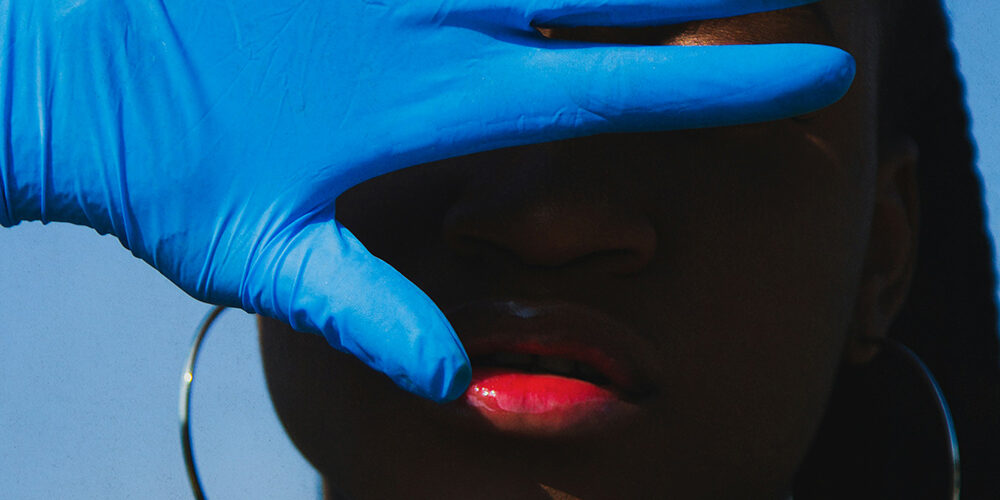**Understanding Silicone and Latex Allergies: A Comprehensive Guide**
In the world of materials science, silicone and latex stand out due to their widespread use in medical devices, household products, and personal items. However, some individuals may experience allergic reactions to these materials, raising concerns over their safety and usability. This blog post delves into the intricacies of silicone and latex allergies, offering insights into their causes, symptoms, diagnosis, and management.
**What are Silicone and Latex Allergies?**
Silicone and latex allergies are adverse immune system reactions to proteins found in natural rubber latex or chemicals used in synthetic materials like silicone. While latex comes from the sap of rubber trees, silicone is a synthetic polymer made from silicon, oxygen, carbon, and hydrogen.
**Silicone Allergies**
Silicone allergies are relatively rare, and the reactions are mainly due to additives in the manufacturing process rather than the silicone itself. Silicone is popular in medical implants, cookware, and cosmetics due to its stability and heat resistance.
**Symptoms:** These can range from local skin irritation (e.g., redness, itching, swelling) to more severe systemic reactions, including anaphylaxis in extremely rare cases.
**Latex Allergies**
Latex allergies are more common and can be serious. Healthcare workers, people with multiple surgeries, and those with certain genetic predispositions are at a higher risk.
**Symptoms:** They vary from skin irritation (contact dermatitis), hives, and nasal symptoms (sneezing, runny nose) to severe respiratory issues and anaphylaxis.
**Diagnosing Allergies**
If you suspect an allergy to silicone or latex, consult a healthcare provider. Diagnosis often involves:
– **Medical History:** Discussion of symptoms and exposure history.
– **Patch Testing:** Small amounts of allergens are applied to the skin to observe reactions.
– **Blood Tests:** Measures the presence of specific allergy-related antibodies.
**Management and Prevention**
While there’s no cure for these allergies, they can be managed effectively:
– **Avoidance:** The most crucial step is avoiding contact with the allergen. For latex allergies, many hospitals and clinics now use latex-free gloves and equipment.
– **Medications:** Antihistamines, corticosteroids, and in severe cases, epinephrine, can manage symptoms.
– **Medical Alert Bracelets:** Informing others about your allergy can be a lifesaver in emergencies.
**Living with Allergies**
Living with silicone or latex allergies requires awareness and vigilance. Reading product labels, informing medical providers about your allergy, and choosing alternatives (e.g., nitrile or vinyl gloves instead of latex) are essential practices.
**Final Thoughts**
Silicone and latex allergies, while challenging, can be navigated with proper knowledge and precautions. Awareness and proactive management can significantly reduce risks and improve the quality of life for those affected. By understanding these allergies, individuals can advocate for safer options in healthcare, consumer products, and various industries, ensuring inclusivity and safety for all.
This comprehensive guide hopes to shed light on the nuances of silicone and latex allergies, offering valuable information for those seeking to understand and manage these conditions.
Silicone/Latex Allergies is not a result of a medication shortage. It is a byproduct of the body no longer interacting appropriately with its environment. Although some things can be avoided in our environment this would be the equivalent of putting a bandaid over a sliver, the problem might be covered but it is still there. Symptoms tell us when something is out of balance in our bodies so we can work to fix it. Contact us today to try nomoSIK for your silicone/latex allergies.
It is important to note that the NOMOSIK therapy has not been evaluated by the FDA and is not intended to diagnose, treat, prevent or cure any disease. It specifically tests and treats for neuro-physiological imbalances in the body. Please see reviews of the amazing recoveries patients have noted with their illness and allergies following treatment of these imbalances. These treatments do not constitute the practice of medicine and are intended solely for the purpose of addressing muskulo-skelital conditions through alternative therapeutic means.

